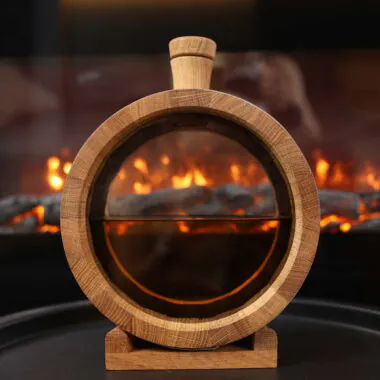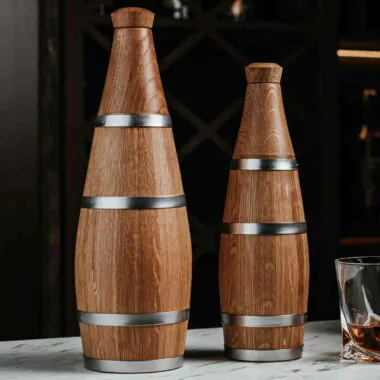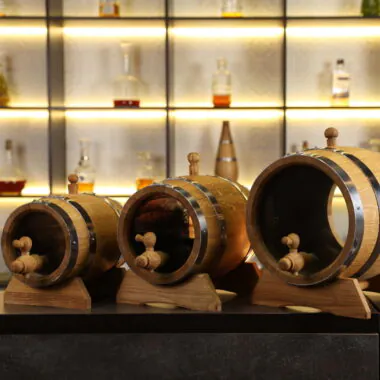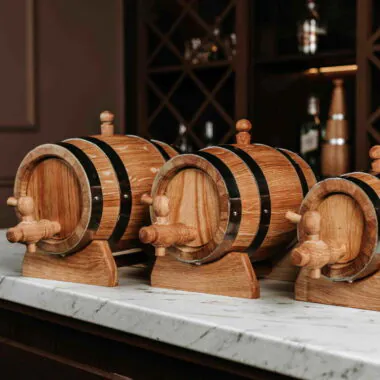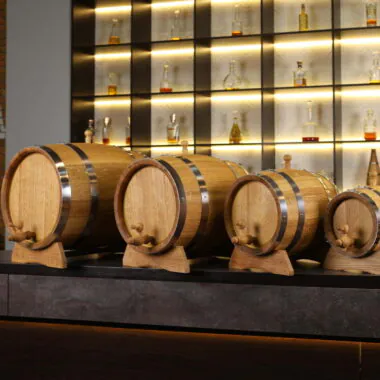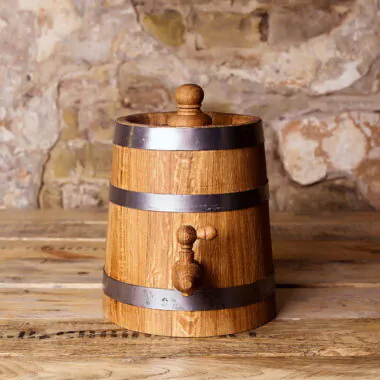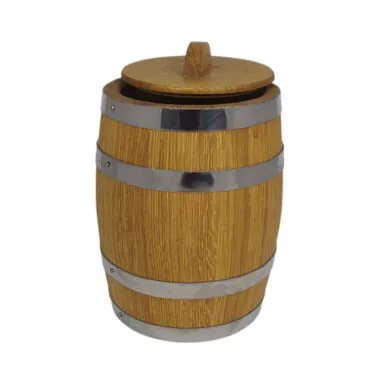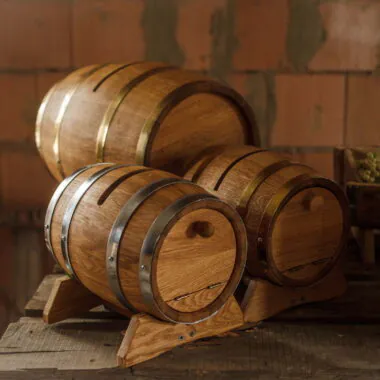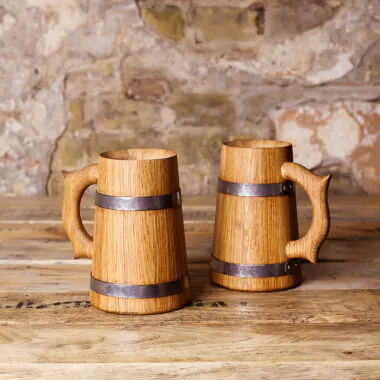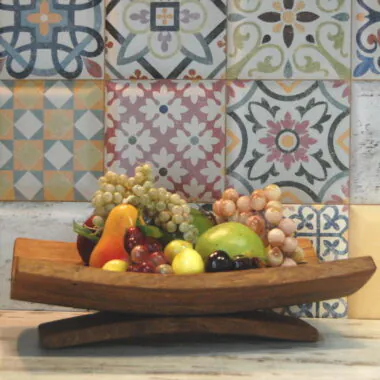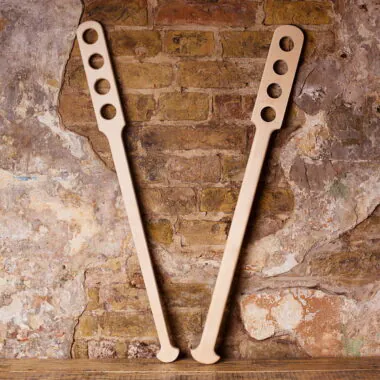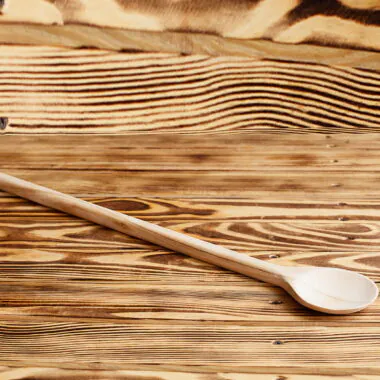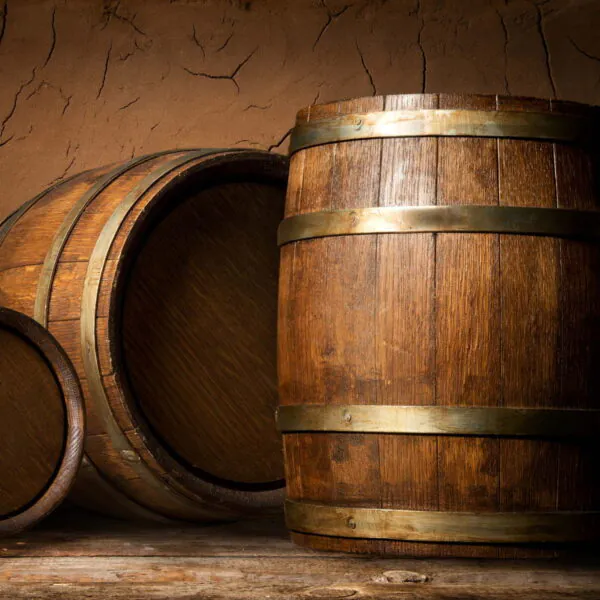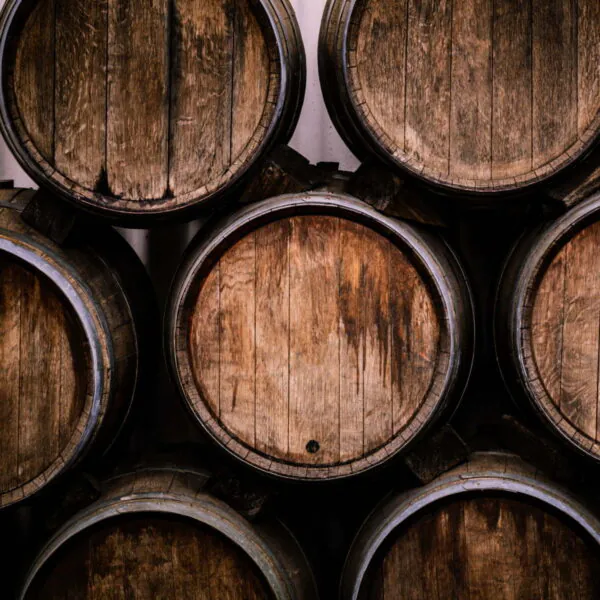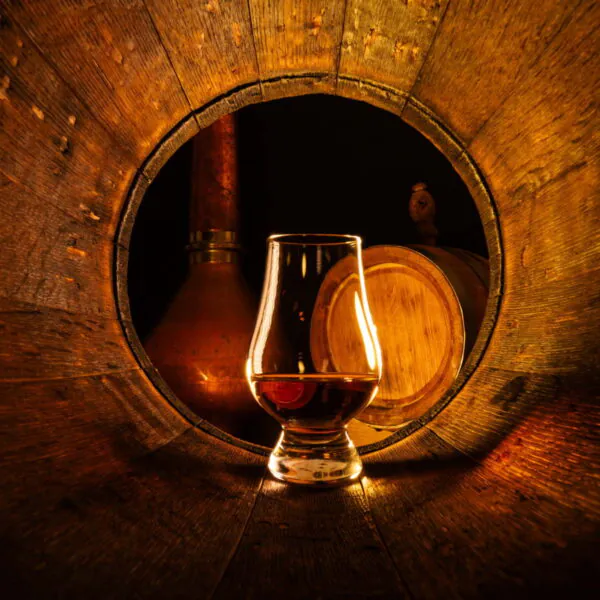Oak Barrels for Whiskey, Wine, Vinegar & Cocktails
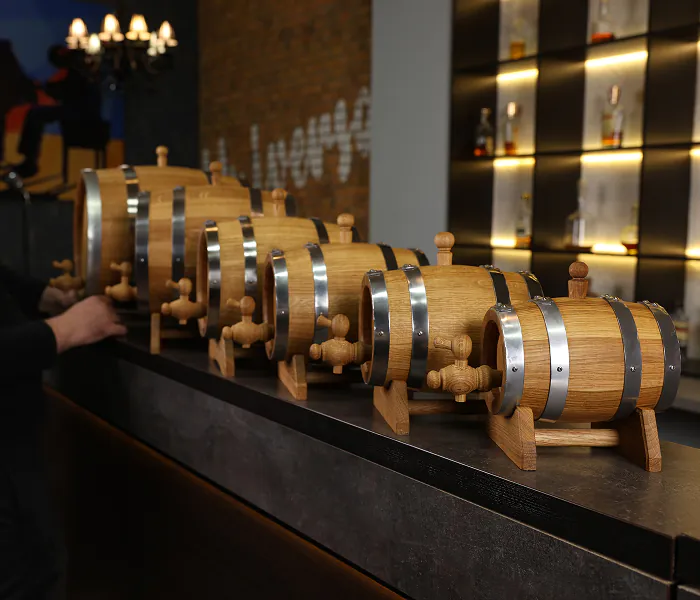
Our products
Frequently asked questions
How do I choose and care for a barrel? Can I reuse it?
+Choosing the right barrel depends on your purpose:
- 1–5L for gifts, tasting sets, or experimental batches
- 10–20L for home use, aging, or vinegar
- 30L+ for long-term aging, winemaking, whisky or breweries
Barrels can be reused many times if properly cared for — rinse after use, store cool, and avoid letting them dry out.
How to Store an Oak Barrel Before and Between Uses
+The main principle to understand is simple:
An oak barrel is made of natural wood — and wood reacts to its environment.
It can dry out and crack in heat and sunlight, or swell and grow mould in high humidity — especially if water is left inside for more than a few days (up to one week).
There’s no one-size-fits-all method — proper storage depends on your situation:
- A brand-new barrel not yet in use
- A barrel that is filled and active
- An empty barrel between uses — both short- and long-term storage
Learn how to store it safely, avoid cracks, prevent mould, and choose between chemical or natural methods.
👉 Read the full guide: How to Store an Oak Barrel Before and Between Uses
How do I prepare a barrel before first use?
+Before using a new oak barrel, it must be sealed.
Fill it with water and let it soak for several days — this allows the wood to swell and close any micro-leaks.
For faster results, a hot water soak can also be used.
📖 Step-by-step guide coming soon: “How do I prepare a barrel before first use?”
What kind of oak do you use?
+We use European oak (Quercus Robur) — primarily sourced from Eastern Europe.
It has a tight grain structure, ideal for aging, and is naturally rich in tannins and aroma compounds.
Every barrel is made from solid oak staves, air-dried and crafted using traditional methods.
How long do oak barrels last?
+With proper care, oak barrels can last for many years
For small barrels (1–10L), the active flavoring life is usually around 2–4 aging cycles, because the high wood-to-liquid ratio means the oak gives up its flavour more quickly.
After that, the barrel becomes more neutral — but it’s far from useless.
You can continue to use it for:
lighter aging (subtle flavor)
vinegar making
infusions
dry goods storage
or even as a decorative or serving vessel
Larger barrels (20L+) retain their character longer and can be reused for many years — especially with proper cleaning, regular use, and correct storage between batches.
🛠 The key to long life:
Don’t let it dry out, avoid mold, clean properly — and store it well.
Are the barrels coated with anything synthetic?
+No — we don’t use any synthetic coatings, lacquers, or varnishes on our barrels.
The inside of our barrels is either charred with fire or left natural, depending on the product.
The outside is lightly sanded and may be treated with a natural oil (such as linseed) for protection — but never anything artificial.
Our barrels, tubs, and other barrel-related items are made from natural oak, without synthetic treatments.
These materials have been traditionally used for aging drinks, fermentation, and food storage for centuries.
We don’t use chemical finishes — only fire and natural oils.
For most traditional uses — aging, pickling, fermenting, storing dry goods — they are considered naturally safe.
What if my barrel leaks at first — or shows dark marks on the outside?
+Small leaks are common with new oak barrels.
The wood needs time to swell and seal naturally — that’s why we recommend soaking the barrel with water for a few days before first use.
You may also notice dark marks or stains on the outside. This is usually harmless: tannins or natural compounds seeping through the wood — especially if the barrel is stored in a dry or overly warm place, which can cause the wood to shrink slightly.
🧽 These marks can be gently wiped with a dry cloth.
If the barrel still leaks after soaking:
- Try rotating it so the leaking area is at the top — this reduces pressure, allows the spot to dry slightly, and can help it seal
- Make sure storage conditions are cool, shaded, and not too dry
- Drain the barrel completely and let it dry fully for a few days — especially if the leak is persistent or near the base.
Then try soaking again: warm or hot water often helps the wood expand and seal more evenly - For small persistent drips, a bit of melted beeswax can be used as a natural patch
If the problem continues, feel free to contact us — and if possible, send a photo. We’ll be happy to help.
What’s the difference between charred, toasted, and uncharred barrels?
+- Charred barrels are exposed to open flame until the inside surface blackens and cracks.
This creates a charcoal layer that filters harsh compounds and adds flavours like vanilla, smoke, and spice — commonly used for whisky and bourbon. - Toasted barrels are gently heated (without direct flame) to bring out the wood’s natural sugars and aromas.
This gives a smoother, more subtle character — ideal for wine, rum, or brandy. - Uncharred barrels are left completely natural inside.
They’re best for vinegar, dry storage, or when you want the least flavour influence from the wood.
Each type creates a different aging profile — it depends on what you’re making and how bold or soft you want the result to be.
Video




